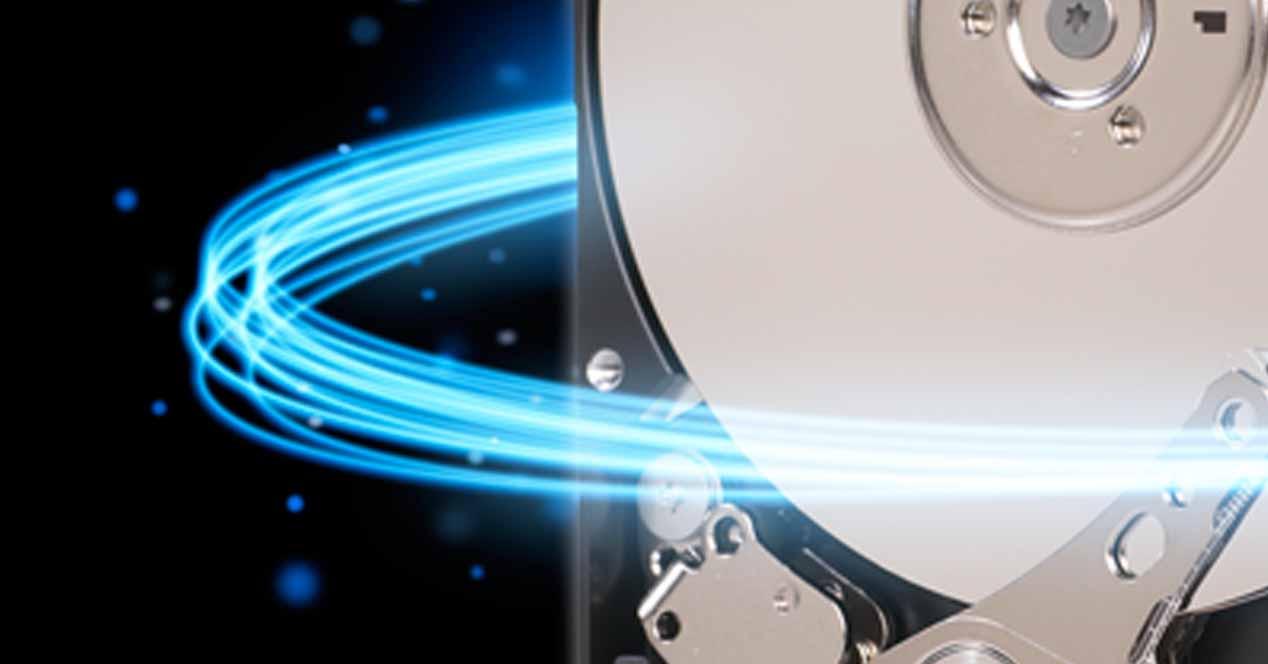Before you start you should know that this tutorial does not make much sense for SSDs due to their low power consumption, the heat produced and that they do not make noise, but on a mechanical disk this has a lot of sense because you will save power, you will prevent it from heating up and wearing out its moving parts, and you will also reduce the noise that the PC makes because even at rest, a mechanical disk still makes noise.
Previous considerations to take into account
In this article, we are going to offer two options, the first is to leave the hard drive in sleep mode, with low power consumption and almost no degradation, but available to work again when you need it. The second option is to turn off the hard drive completely, and the only way to turn it back on will be to completely shut down the PC and turn it back on, so you can imagine the drive still turning on with the PC when you launch it. the.
Of course, you should also keep in mind that it is not advisable to perform these configurations for system disks, because if the PC is on and unless it goes into sleep or hibernation mode, the The storage unit must be available and, in fact, in the second case, the system will not allow you to turn it off.
How to put an internal hard drive to sleep
In this first option, what we are going to do is configure the operating system to put the hard drive to sleep when the system is idle for a certain period of time that we can configure. To do this, you need to click on the start button and write “Change power plan”. In the window that opens, click on the option “Change advanced power settings”.
Here we have to expand the hard drive menu and in the configuration we can enter whatever value we want. There is one thing to keep in mind here is that it will only work when the whole PC is idle, not just when there is no hard drive activity. You should also keep in mind that if you set the value to 0, it means that the drive will never go into sleep mode.
How to completely shut down an internal drive
In order to completely shut down an internal hard drive, it is necessary to perform a previous configuration in the BIOS, so the first thing to do is to access the BIOS of your computer. Also be aware that this only works with drives that have a SATA interface (which in the domestic sphere is due to the fact that only SSDs have other formats).
Once in the BIOS of the computer, you will need to go to the advanced options and then to the SATA setup (this, depending on your motherboard manufacturer, can be referred to in different ways as integrated devices, etc.). You need to configure SATA mode in AHCI and enable Hot Plug mode in the corresponding SATA ports to which the hard drives you want to be able to turn off are connected.
When done, save the changes and restart the PC. When you start Windows, you will see that in the lower right area, in the icons of the start bar, your hard drive will now appear as if it is a removable drive and will allow you to eject it from the same way that it appears when you connect a usb stick or usb disk.
When you eject an internal drive, it turns off completely, but you have to keep in mind that you won’t be able to access it until you restart the PC (or turn it off and back on), and that like us already mentioned, every time you turn it back on, the PC, hard drive will be present again.
There is a method, not recommended, to be able to access this drive again once it has been ejected without having to shut down the PC, but it would require opening the computer, physically disconnecting the power cable from the hard drive and reconnect it. With this, the computer will detect it again as if you have connected an external drive, but we repeat that it is not recommended at all to physically disconnect anything while the PC is on, so we recommend that you never to do it.











